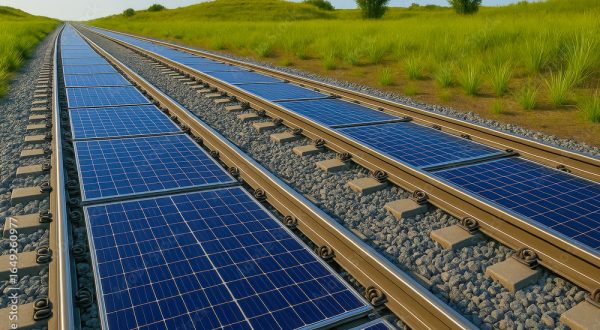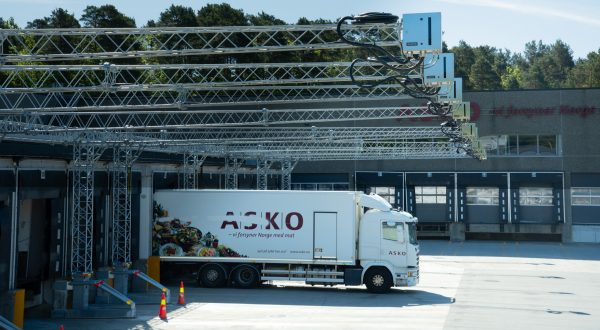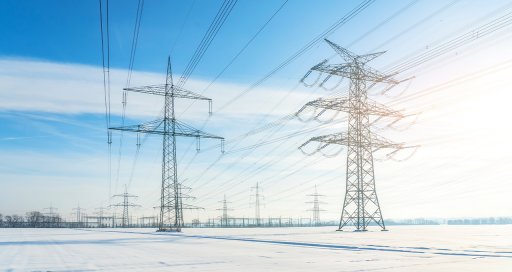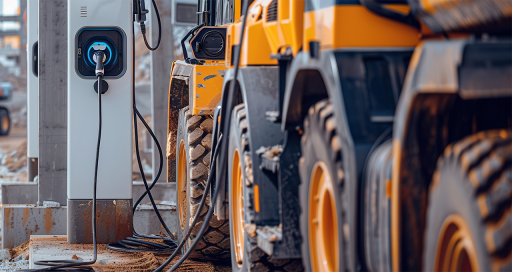The EU ban on SF6 gas is transforming the electricity sector
Reading time: 5 min
The European Union has decreed an end to SF6 gas in electrical equipment from 2026. Omexom (VINCI Energies) business units, along with the sector as a whole, will need to redesign its technical solutions while maintaining the reliability of its networks. This change poses challenges, but also offers opportunities for leadership.
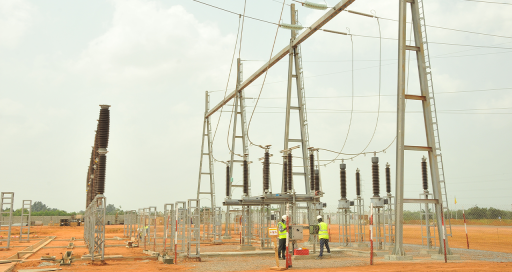
The unobtrusive but problematic gas sulphur hexafluoride (SF6) is used primarily in switchgears and circuit breakers for its excellent dielectric properties. Because it is non-toxic, this gas has quickly found a place in industry, in particular for insulating high-voltage electrical equipment, which alone accounts for 80% of SF6 production.
The problem is that while it is largely unknown to the general public and has thus far evaded media attention, SF6 is the most potent greenhouse gas known, with global warming potential more than 23,000 times greater than that of CO2 and an atmospheric lifetime of around 3,200 years.
The European Union has therefore implemented a total ban on its use in new medium-voltage equipment (up to 24 kV) from 1 January 2026. This measure is part of a series of regulations intended to reduce fluorinated greenhouse gas emissions – Regulation (EU) 2024/573 – in line with targets laid down in the Kyoto Protocol signed in December 1997.
Training teams and adapting the supply chain
European legislators have created a precise schedule for the phased elimination of SF6, with specific deadlines for different categories of equipment. “The ban will initially cover electrical equipment in the distribution network,” explains Geoffroy Deygas, Project Manager at Omexom (the VINCI Energies energy infrastructure brand). “From 2026 for equipment up to 24 kV, then 2030 for the 24 to 52 kV range. In 2028, it will be extended to the transmission network (52 to 145 kV). For the very highest voltages (over 145 kV), the deadline is not until 2032.” This staggered approach reflects the technical realities on the ground and the varying maturity of alternative solutions at each voltage level.
“Improving infrastructure to enable the electrification of more and more uses”
To address these changes, sector stakeholders will have to manage the integration of substitute technologies: alternative insulating gases or vacuum switchgears, which will gradually replace SF6.
The first challenge is therefore to develop the new skills needed across our teams: “Training them will be crucial to incorporating this equipment in our new projects. Vacuum switchgear, for example, is a very different technology compared with gas, which can have an impact on sizing in our projects,” says Geoffroy Deygas. The second challenge concerns the supply chain. It will be necessary to anticipate the purchasing strictly necessary for the new installations, allowing for supplier price increases on equipment compliant with the new regulations over the next few years.
Anticipating to take the lead
In the European Union, legislators are leaving no room for choice: customers will have to adapt, regardless of any additional costs incurred. Other regions worldwide are following Europe’s lead, such as in California, which already has plans to ban SF6, and New York State, which is examining a similar proposition, but they remain a small minority.
The challenge for Omexom therefore awaits mostly outside Europe, in the form of encouraging and incentivising change. Omexom business units intend to base their leadership on a proactive approach: Geoffroy Deygas emphasises “The need to connect with manufacturers, to show the way in the installation of new equipment, and also to map out the various existing and future market regulations so we can anticipate them and advise our customers accordingly.”
This approach should enable us to acquire early expertise in the new technologies while contributing to their development. In any event, Omexom has already stolen a march: working on behalf of SSEN Transmission in Kintore, eastern Scotland, an Omexom business unit is currently building the first SF6-free 400 kV GIS substation for the power network, using Green Gas for Grid (g3) technology. With global warming potential (GWP) of less than 500 – 50 times lower than SF6 – g3 could reduce the unit’s carbon impact by over 95% over its life cycle. However, like any fluorinated gas (GWP >1), it will not meet the future requirements of the F‑Gas regulation for post-2032 applications. This project is nevertheless a key step in establishing the technical feasibility of alternatives to SF6 in high-voltage applications.
One final concern is the management of existing assets. Though the European regulation allows existing SF6 installations to continue operating, the sector must now begin planning their gradual replacement. These changes are a necessary part of the global energy transition. As Geoffroy Deygas concludes: “Installing solutions with a lesser environmental impact is a way for us to support this energy transition. Improving infrastructure to enable the electrification of more and more uses, using green electricity wherever possible, is our core mission.”
07/15/2025
